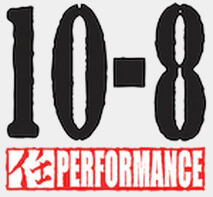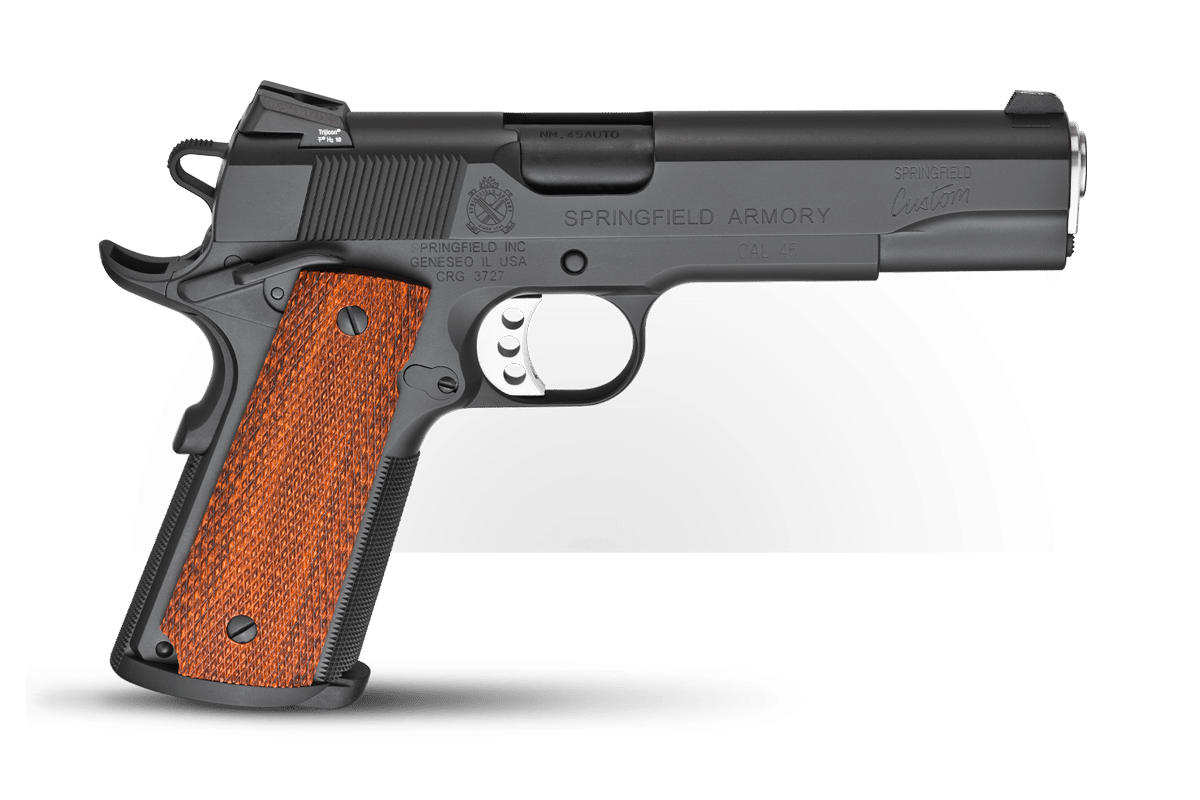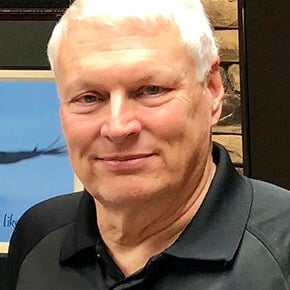The Armory Life Interviews:
Hilton Yam
September 9th, 2024
8 minute read
With a career spanning both decades and disciplines, Hilton Yam has earned an enviable reputation for excellence. After more than two decades with the FBI, and significant time behind the Springfield Professional Model 1911 pistol, he channeled that experience and expertise with the 1911 into the company known as 10-8 Performance.
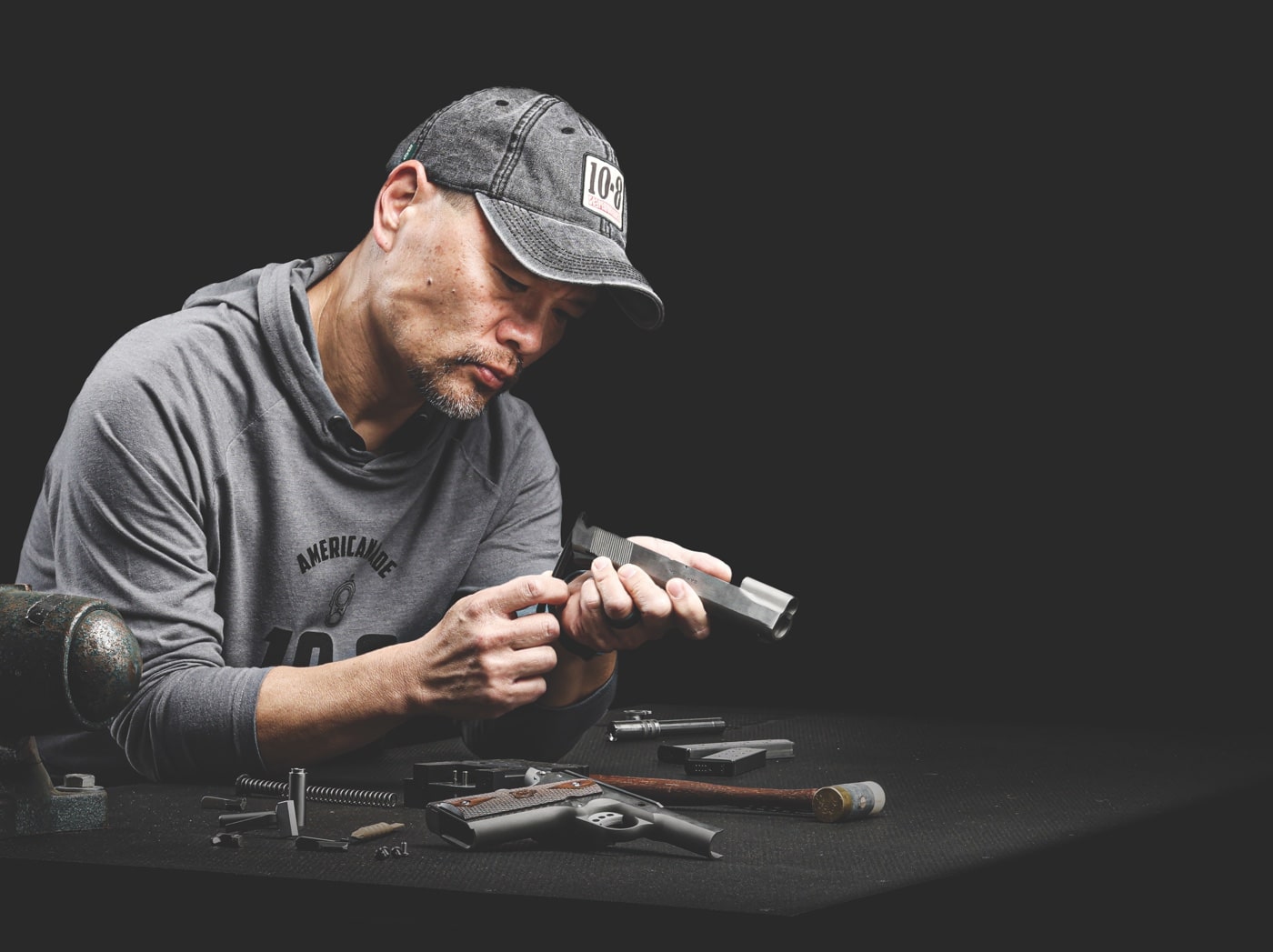
Mr. Yam was kind enough to sit down with us for an in-depth interview, telling us about his journey from an FBI SWAT team member to a highly respected gunsmith in the 1911 world. We would like to thank him for taking the time to do this Q&A session with The Armory Life.
The Armory Life (TAL): For those of our readers who might not be familiar with your background, can you give us a brief overview? From your childhood to the FBI, leading up to where you find yourself today?
Hilton Yam (HY): Certainly. Growing up, I was always interested in action movies, firearms, the military and law enforcement. I got my first air rifle at around age 11, later shot on my high school’s competitive small-bore rifle team, back when you could do that kind of thing, and then got heavily into IPSC with my first 1911. My interests eventually got me talking to someone who was in the FBI, and his insights and guidance encouraged me to apply.
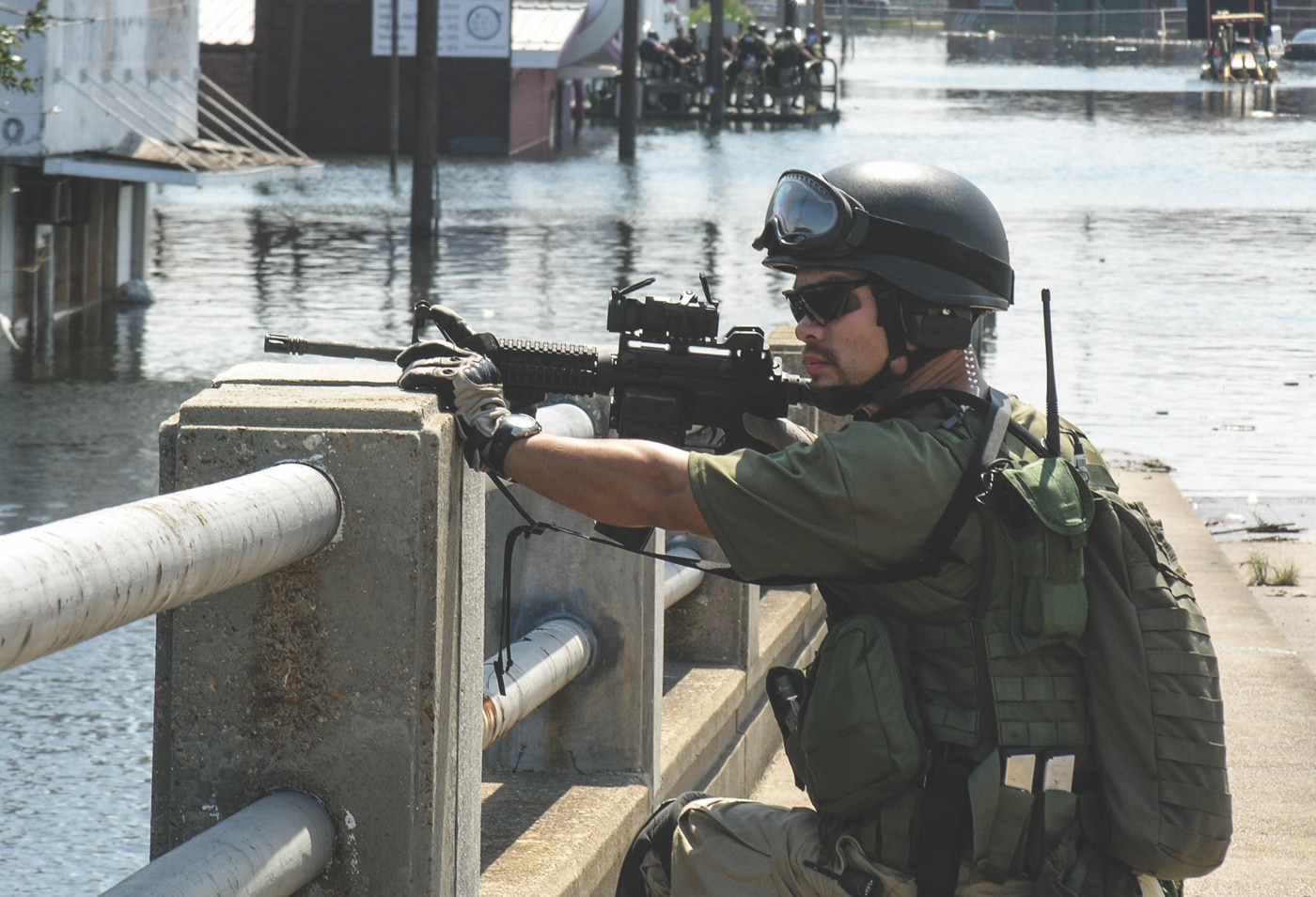
TAL: Continuing this theme, could you give us a brief overview of your career with the FBI? Where were you posted, and what assignments did you have?
HY: I started at the FBI Academy in 1997, and then was subsequently assigned to the Miami Division. It was there that I worked for my entire career of just over 21 years. I was assigned to a Violent Crimes/Fugitive Task Force right out of the academy. I also worked Bank Robbery and later became the Principal Firearms Instructor for the division, running the entire firearms program for Miami. I was also on our SWAT team for 19 years, and served as a team leader and principal instructor for firearms/CQB/tactics, as well as instructing in defensive tactics, active shooter, and rappelling.
TAL: The Springfield Professional pistol is a legend in the 1911 world and has a highly devoted following. Can you tell us about its adoption by the FBI, and who was issued and/or authorized to carry it?
HY: The FBI held trials for a 1911-style pistol for its SWAT program in the 1990s, and Springfield Armory was ultimately selected to provide what became known as the Professional Model. The pistol began fielding in the late 90s, and SWAT agents were required to pass a grueling five-day transition school where they learned the manual of arms, care and maintenance of it. They were also required to shoot a challenging tactical pistol course qualification. These agents assigned to the regional SWAT teams — each of the FBI field offices has its own team — were authorized to use the Springfield, and only after passing the transition course.
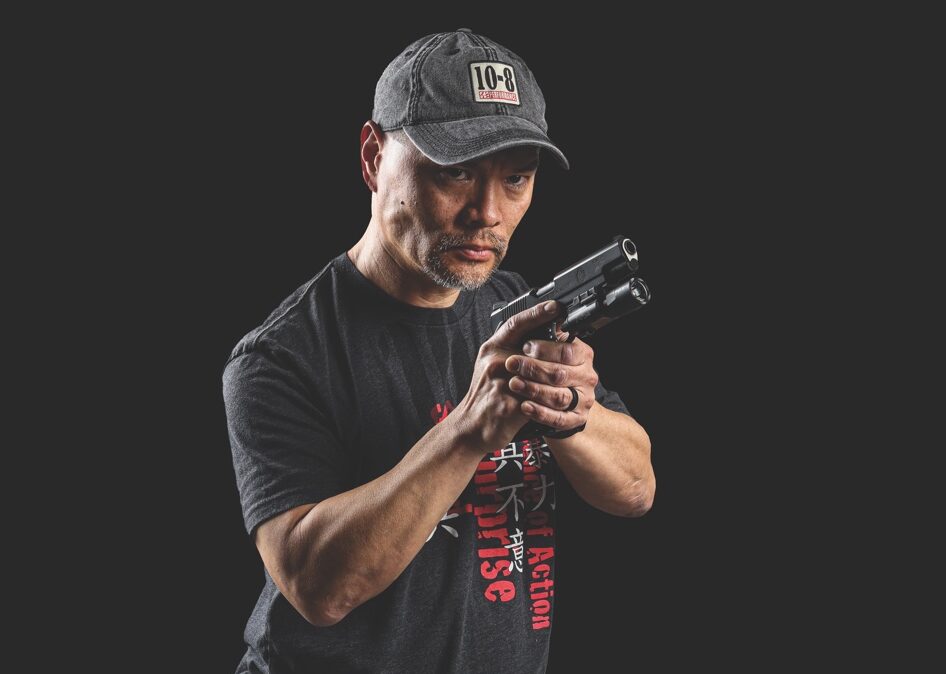
TAL: When did you transition to the Springfield Professional Model as part of your duties as a member of an FBI SWAT Team? Also, what gear did you use; holsters, ammo, etc.?
HY: I got on our team in 2000, and was able to get to a transition school in 2001. We were issued Safariland 6004 holsters for tactical use, and a variety of concealment holsters were issued. These latter included thumb-break models from Don Hume and Alessi. I was issued and used an Alessi DOJ Thumb Break model. Our service ammunition was Remington Golden Saber 230-gr. brass jacketed hollow point.
TAL: Can you tell us about the service and maintenance process the Bureau employed to support the Professionals?
HY: The transition schools were supported by armorers, including famous custom 1911 gunsmith Steve Nastoff and AMU legend John Miller. These armorers would make repairs and adjustments to the guns during the five-day transition school, as the students typically shot between 2,500-3,000 rounds. The guns in the field were then supported by either our weapons management facility at Quantico, or the Springfield factory.
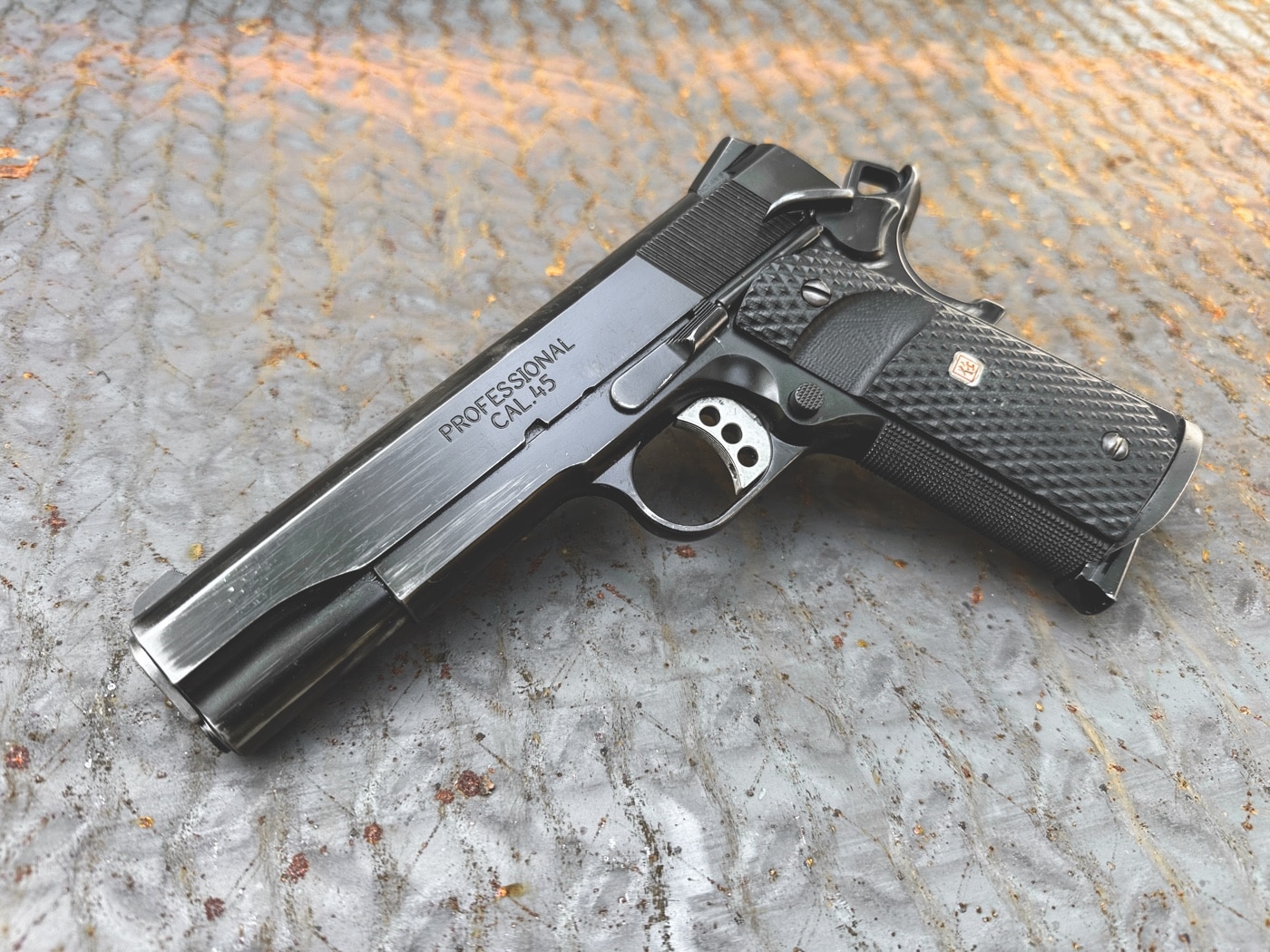
TAL: When and why did you start your deep dive into the world of gunsmithing? Were you authorized to maintain the Bureau’s 1911s?
HY: I had been around 1911 gunsmiths from day one of my IPSC shooting in the 80s. Our club had Austin Behlert building guns for all the shooters. After being issued a 1911, I realized that I wanted a deeper understanding of the gun’s inner workings and started studying the gunsmithing of the 1911 in earnest. I got to see and learn an incredible amount from being around the Springfield pistols at work.
As noted, all maintenance and repair work on the Springfields was performed by our shop at Quantico or the Springfield factory. However, I directly oversaw our team’s fleet of pistols and also got to see them fired when I conducted our team training. All of that time in and around the guns gave me some incredible insight. Those guns saw use and round counts that far exceeded anything I’d seen in my years of competition, and I realized that a 1911 used in a duty setting lived a very different life.
TAL: As we understand it, this experience with and growing interest in the 1911 led you to create your company, 10-8 Performance. Could you explain the name and tell us about the history of the company, its products, and what you are doing today?
HY: The company is named after the common radio code “10-8,” which means “on duty,” “in service,” or is LEO slang for “good to go.”
I founded the company in 2006 for the development of the various 1911 components I had begun to design. My first product was a ledge-profiled U-notch sight with a serrated rear face, which remains one of my flagship products.
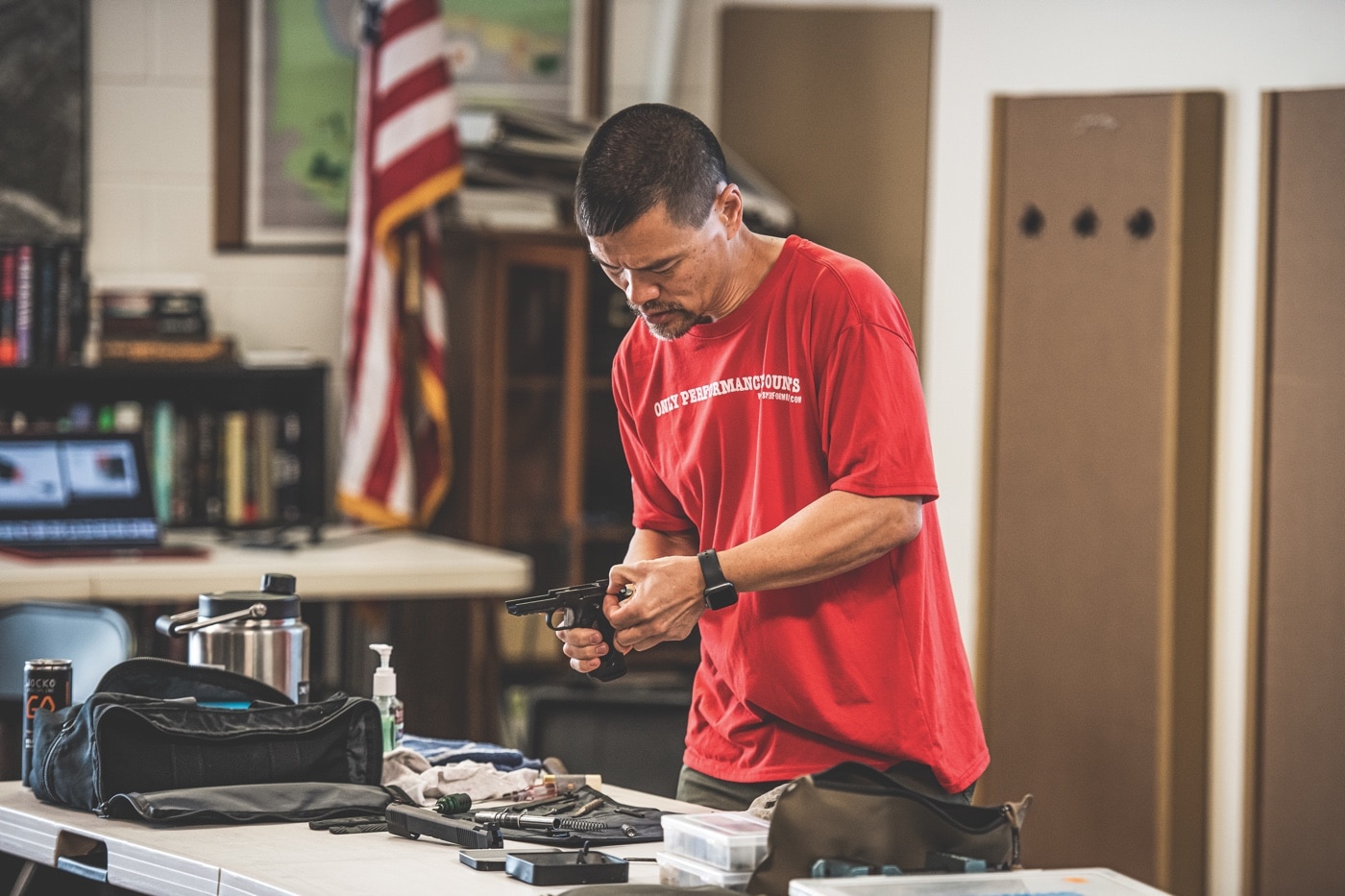
TAL: We understand that these days you do not offer custom 1911 pistols and instead focus on developing and offering gun parts. But, can you tell us a bit about the guns you have built? How did you make them and how many have you built?
HY: I started building custom 1911 pistols around 2000, back before I had created 10-8 Performance. I was always configuring the guns in a manner that I felt was suitable for duty use. The more I built, the more I found that I wanted certain parts that didn’t exist in the market, so I designed my own.
I eventually started a series of guns simply named after the phonetic radio alphabet — Alpha, Bravo, Charlie etc. These guns combined and codified my gunsmithing and design ideas into a complete package that I felt was ideal as a duty-use 1911. Due to the time constraints of my law enforcement career, I only built 64 complete guns before I had to shift the focus of my efforts.
As the company grew and became more successful, I focused on product development and retired from building custom 1911s. The current catalog of items includes sights, magazine base pads and components for the 1911, as well as parts for several other popular pistol designs.
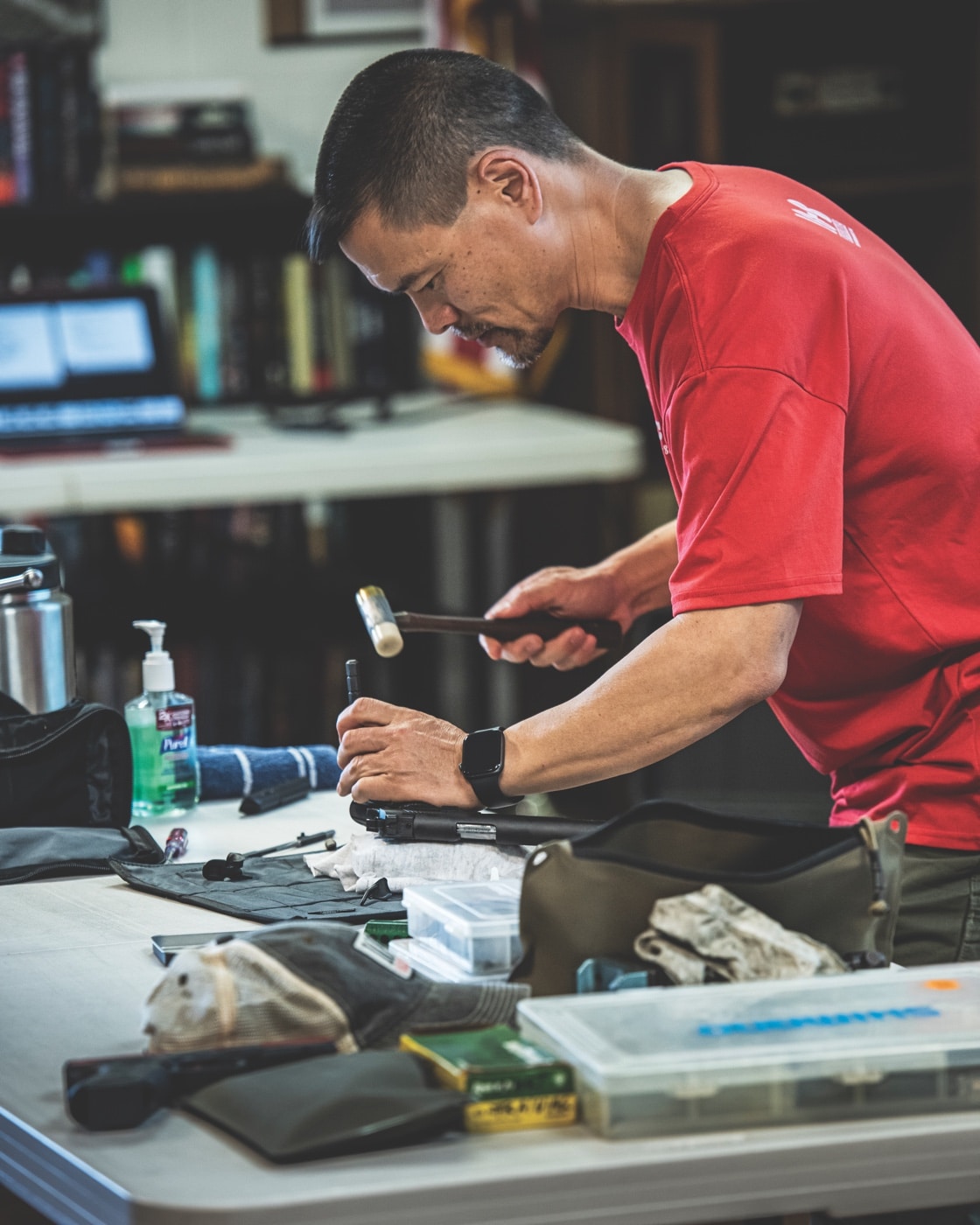
TAL: You clearly have had a lot of experience with Springfield Armory 1911 pistols. What current production Springfield 1911s do you like?
HY: I’ve always liked building on Springfield Armory base guns. Of all the models I’ve used, I think I’ve built the most on Operator models. It’s a very solid platform with a great feature set. In addition, I think the Ronin and Garrison are really good values.
TAL: Can you tell us about your 10-8 Performance Patreon page where you assist 1911 owners in building their own custom 1911 pistol, based on the Springfield Garrison 1911?
HY: In 2022, my Patreon students and I went through a monthly livestream class where I took them through the steps to build up a Springfield Garrison into a full-house custom gun. I’m very proud of the work that my students are doing, and even more so of the level of deep understanding that they have developed on the 1911. We’ve put together a great little community on Patreon, and I enjoy sharing the knowledge.
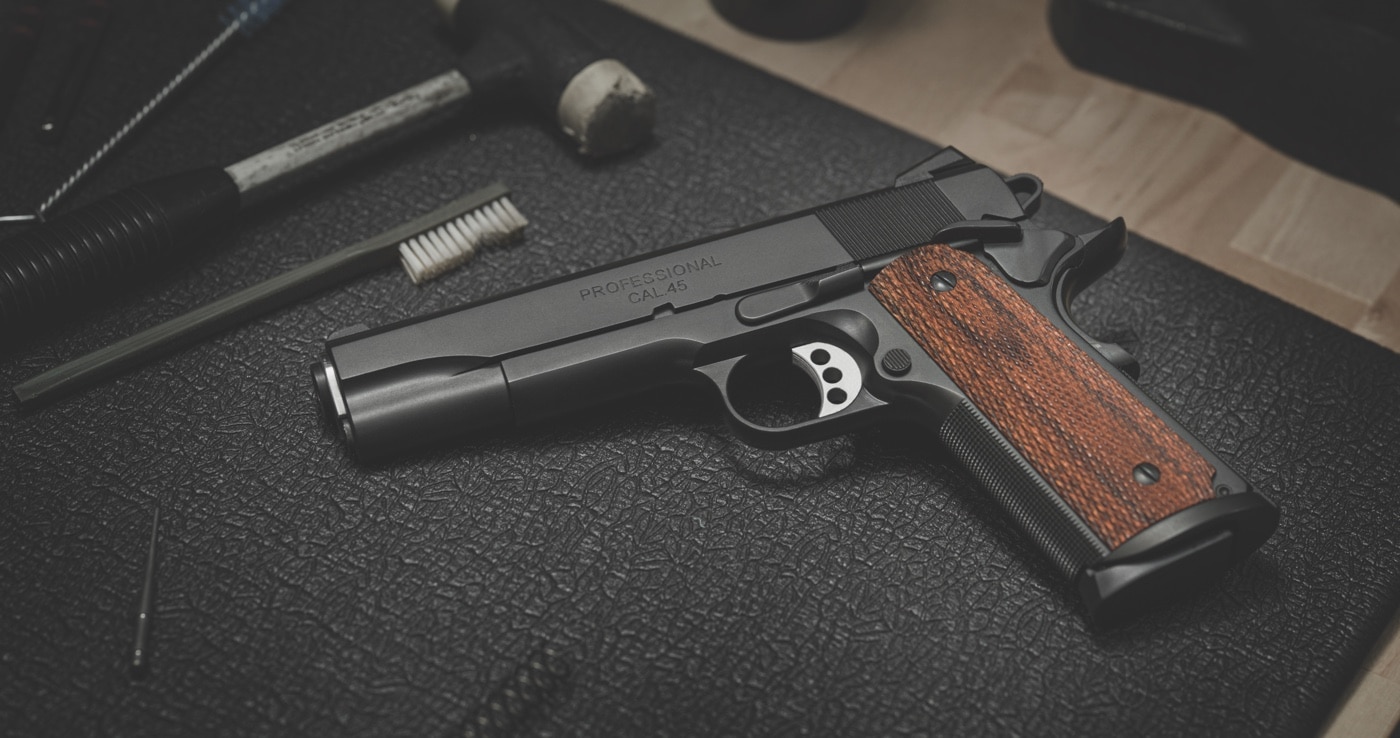
TAL: We know this is a loaded question, but do you think the .45 ACP is “dead”?
HY: I feel that “dead” might be a little harsh, but for law enforcement use the current technology of 9mm bonded JHP (jacketed hollow point) has absolutely leveled the playing field in ammunition. There’s no reason to have more recoil and lower capacity when the terminal results are indistinguishable between typical service handgun calibers. That said, I still prefer for my single-stack 1911 pistols to be .45 because I like the larger selection of parts and magazines as well as the proven format.
TAL: What Springfield model would you recommend for the person who is buying their first 1911?
HY: I think that a new 1911 user would be well served with a 5″ traditional bushing barrel gun in .45 ACP such as the Operator, Garrison or Ronin. I recommend this size and caliber because there are the greatest number of options for magazines, support gear and parts. It’s also an extremely reliable platform.
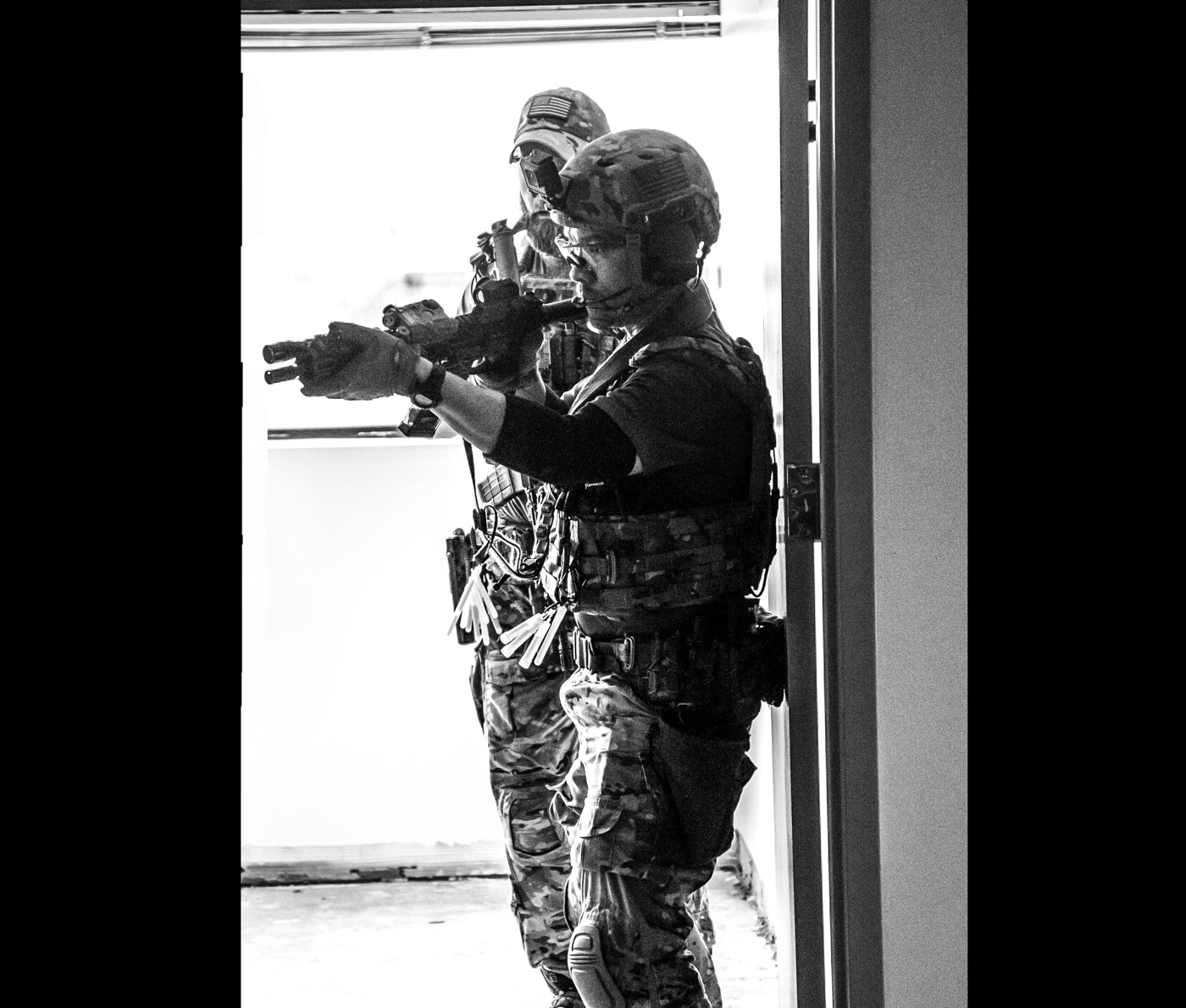
TAL: Can you tell us a little bit about what the future holds for you and 10-8 Performance?
HY: I look forward to continuing to bring together my experience in performance shooting, tactical operations, product design, and gunsmithing to offer the best possible products and online training.
TAL: We would like to thank you for your time and for giving us this insight into your background as well as that of 10-8 Performance.
HY: Of course. Thank you.
Editor’s Note: Please be sure to check out The Armory Life Forum, where you can comment about our daily articles, as well as just talk guns and gear. Click the “Go To Forum Thread” link below to jump in and discuss this article and much more!
Join the Discussion
Featured in this article
Continue Reading
Did you enjoy this article?

 133
133




